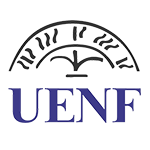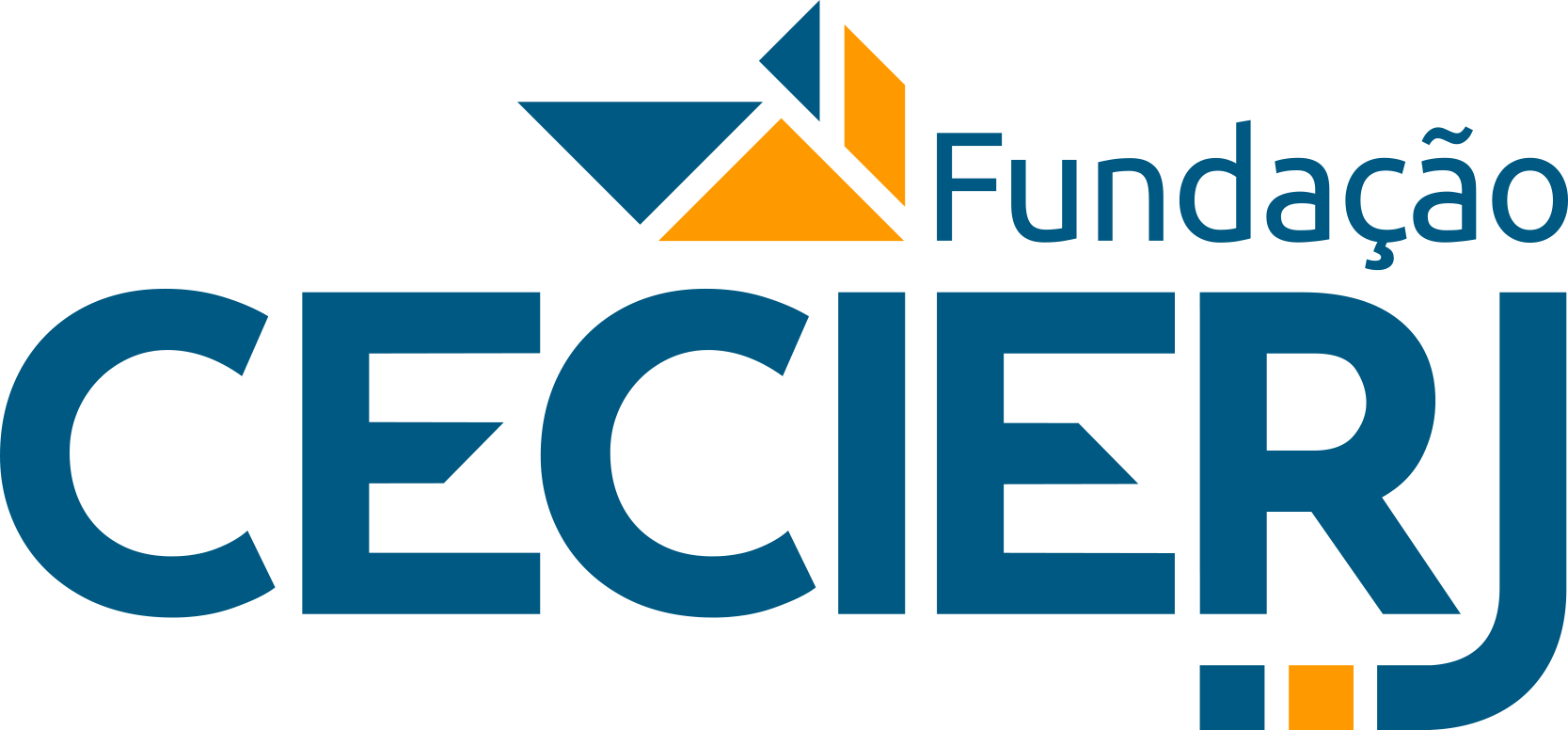How to Teach in Emergency Remote Teaching? MOOCs for the Continuing Education of Higher Education Teachers
DOI:
https://doi.org/10.18264/eadf.v12i1.1704Abstract
The inability to delivery presential classes at Brazilian universities in 2020 and 2021, due to the COVID 19 pandemic, significantly impacted the higher education. This case report addresses the results of three massive online courses for continuing teacher education for higher education, offered in the state of Rio de Janeiro in 2020 to 4200 teachers. The courses aimed to reflect on the changes that have taken place in the didactic transposition of face-to-face classes to the virtual model, through emergency remote teaching use. The results shows high demand and engagement of teachers looking for courses about remote teaching practices and use of technological tools. Most of the course participants were higher education professors, teaching for more than 10 years, with postgraduate training. The teacher's perception regarding the impacts of this period on their teaching practice was that experiences in remote teaching will lead them, in the future, to use more technologies to support face-to-face teaching, despite recognizing that they don't know enough about all teaching practices and technologies . Most of the participants agrees that they are able to manifest their teacher cognitive presence during to use virtual learning environments. Indeed, holding of these courses in MOOC format supported teachers at a historical moment of high instrumental and pedagogical demands on the subject.
Keywords: Continuing education. Higher education. Remote learning. Online interaction.
Downloads
References
ARRUDA, E. P. Educação remota emergencial: elementos para políticas públicas na educação brasileira em tempos de Covid-19. Em Rede, Porto Alegre, v. 7, n. 1, p. 257-275, 2020. Recuperado em: https://www.aunirede.org.br/revista/index.php/emrede/article/view/621.
BEHAR, P. A. O Ensino remoto emergencial e a educação a distância. Jornal da Universidade. Recuperado em https://www.ufrgs.br/coronavirus/base/artigo-o-ensino-remoto-emergencial-e-a-educacao-a-distancia/.
DARLING-HAMMOND, L., & BRANSFORD, J. (Eds.). Preparing teachers for a changing world: What teachers should learn and be able to do. John Wiley & Sons. 2007.
FERREIRA, D. M. et al. Desenvolvimento Docente para o Ensino Remoto: Experiência do Programa de Inovação e Assessoria Curricular (PROIAC) da Universidade Federal Fluminense. EaD Em Foco, 11(2),2021.. Recuperado de https://eademfoco.cecierj.edu.br/index.php/Revista/article/view/1327
GOSHTASBPOUR, F; SWINNERTON, B. & MORRIS, N. P. (2020). Look who"™s talking: Exploring instructors"™ contributions to Massive Open Online Courses. British Journal of Educational Technology, 51(1), 228-244.
FLICK. Uwe. Desenho na pesquisa qualitativa. Porto Alegre. Editora Armed, 2009. (coleção pesquisa qualitativa).
FUNDAÇíO CECIERJ. Ensino remoto: por onde começar. MOOC. 2020. Recuperado em: https://extensao.cecierj.edu.br/mooc/course/view.php?id=39
FUNDAÇíO CECIERJ. Ensino presencial virtualizado: aulas remotas em tempo real. MOOC. 2020. Recuperado em: https://extensao.cecierj.edu.br/mooc/course/view.php?id=44
FUNDAÇíO CECIERJ.. Ambientes Virtuais de Aprendizagem: explorando a interação online. MOOC. 2020. Recuperado em: https://extensao.cecierj.edu.br/mooc/course/view.php?id=45
MOREIRA, J. António. M.; HENRIQUES, Susana.; BARROS, Daniela M.V. Transitando de um ensino remoto emergencial para uma educação digital em rede, em tempos de pandemia. Dialogia, São Paulo, n. 34, p. 351-364, 2020. Recuperado em: https:// https://periodicos.uninove.br/dialogia/article/view/17123.
RODRIGUES, A. Ensino remoto na Educação Superior: desafios e conquistas em tempos de pandemia. SBC Horizontes, set. 2020. ISSN 2175-9235. Recuperado em:http://horizontes.sbc.org.br/index.php/2020/06/17/ensino-remoto-na-educacao-superior/
SANTAELLA, L. Comunicação ubíqua: repercussões na cultura e na educação. Pia Sociedade de São Paulo-Editora Paulus, 2014.
SIEMENS, G. Connectivism: A learning theory for the digital age. International Journal of Instructional Technology and Distance Learning, v2 n.10, 2005.
UNIVERSIDADE FEDERAL RURAL DO RIO DE JANEIRO. O Conselho de Ensino, Pesquisa e Extensão da UFRRJ. Deliberação nº 40, de 09 DE JUNHO de 2020. Seropédica, 2020.
UNIVERSIDADE FEDERAL FLUMINENSE. Resolução nº 156, de 12 de junho de 2020. UFF, Niterói, 2020.
UNIVERSIDADE FEDERAL DO RIO DE JANEIRO. Resolução do Conselho de Ensino e graduação CEG nº 03, de 17 de junho de 2020. UFRJ, Rio de Janeiro, 2020.
VERAS, Priscila da P. S. et al.. Professor Criativo: uma Oficina de Divulgação das Tecnologias Digitais para Auxiliar o Processo de Ensino-Aprendizagem. EaD Em Foco, 11(2),2021 Recuperado de https://eademfoco.cecierj.edu.br/index.php/Revista/article/view/1308
Published
How to Cite
Issue
Section
License
Copyright (c) 2022 EaD em Foco

This work is licensed under a Creative Commons Attribution 4.0 International License.
All articles published in Revista EaD em Foco receive the license
Creative Commons - Atribuição 4.0 Internacional (CC BY 4.0).
All subsequent publications, complete or partial, must be made with the acknowledgment, in citations, of the Revista EaD em Foco as the original editor of the article.













